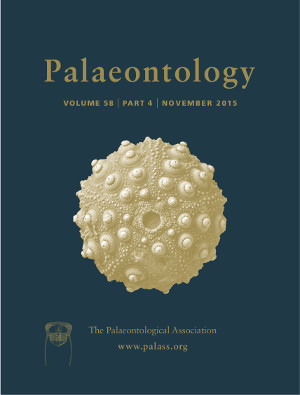Reg. Charity No. 1168330

The stem‐group priapulid Ottoia Walcott, 1911, is the most abundant worm in the mid‐Cambrian Burgess Shale, but has not been unambiguously demonstrated elsewhere. High‐resolution electron and optical microscopy of macroscopic Burgess Shale specimens reveals the detailed anatomy of its robust hooks, spines and pharyngeal teeth, establishing the presence of two species: Ottoia prolifica Walcott, 1911, and Ottoia tricuspida sp. nov. Direct comparison of these sclerotized elements with a suite of shale‐hosted mid‐to‐late Cambrian microfossils extends the range of ottoiid priapulids throughout the middle to upper Cambrian strata of the Western Canada Sedimentary Basin. Ottoiid priapulids represented an important component of Cambrian ecosystems: they occur in a range of lithologies and thrived in shallow water as well as in the deep‐water setting of the Burgess Shale. A wider survey of Burgess Shale macrofossils reveals specific characters that diagnose priapulid sclerites more generally, establishing the affinity of a wide range of Small Carbonaceous Fossils and demonstrating the prominent role of priapulids in Cambrian seas.